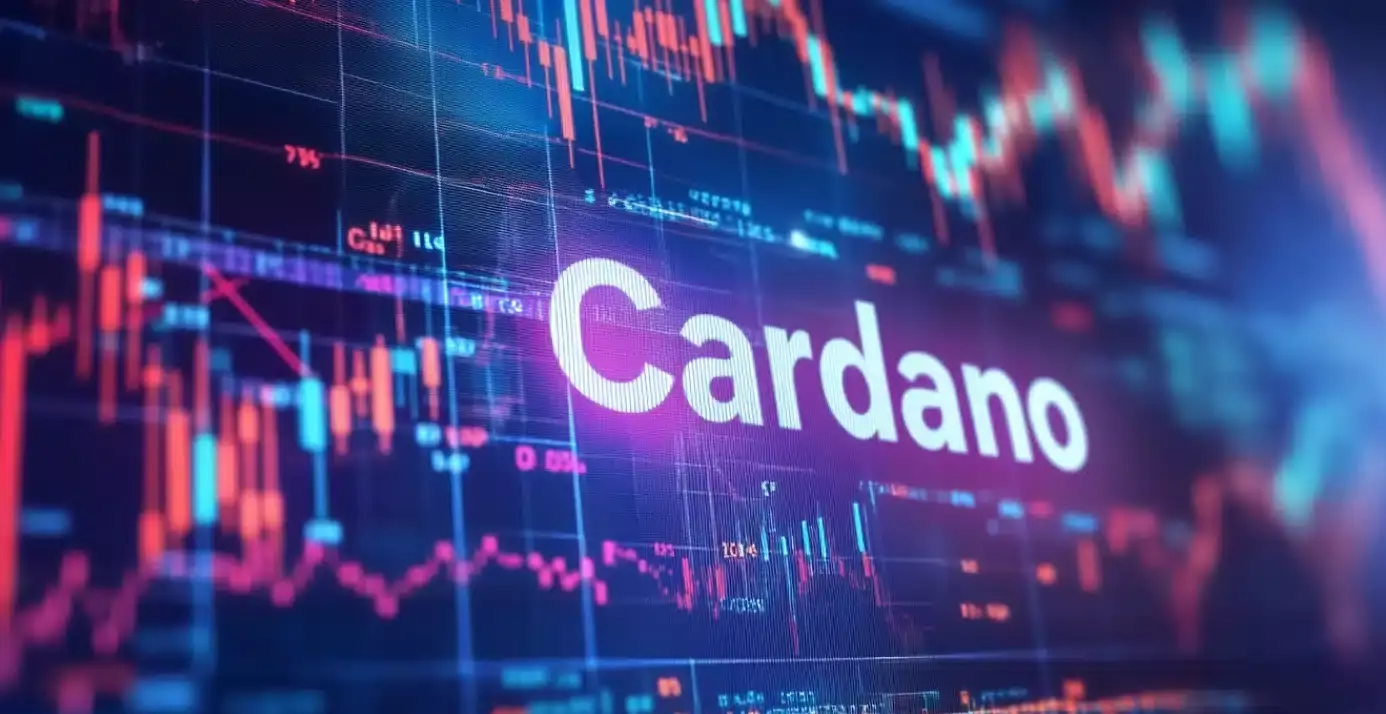Cardano (ADA), a prominent player in the cryptocurrency landscape, finds itself at a significant crossroads. Trading recently at around $0.80, it faces a decline of over 40% from its peak in December. This bearish trend emphasizes the turbulence faced by Cardano, especially in the wake of its founder, Charles Hoskinson’s recent remarks regarding competition in the blockchain arena. His commentary comes at a time when Cardano is striving to maintain relevance amidst increasing pressure from other platforms like Ethereum and Solana.
In a detailed conversation on YouTube, Hoskinson articulated a bold vision for Cardano, asserting that the network’s future lies in its potential connections with Bitcoin. Framing this integration as a $2 trillion opportunity, he underscored the need for Cardano to emerge as a primary player in decentralized finance (DeFi) pertaining to Bitcoin. Hoskinson’s ambition suggests that while others such as Ethereum and Solana are focusing on their individual ecosystems, Cardano is uniquely positioned to explore untapped synergies with Bitcoin. This perspective could change the narrative around the platform, potentially enhancing its value proposition.
In a sharply critical tone, Hoskinson did not hold back in his assessment of Ethereum’s layer-2 solutions and Solana’s scalability issues. He pointed out that layer-2 networks like Arbitrum and Optimism have siphoned off users from Ethereum, capitalizing on the demand for lower transaction costs and enhanced transaction efficiency. His skepticism towards Solana reflected deeper concerns about its viability as user data demands escalate—an argument that resonates with many who have closely monitored the platform’s performance. These critiques are essential, as they highlight the competitive disadvantages that Cardano might leverage in its journey forward.
Cardano’s Technical Landscape: Moving Averages and Fibonacci Levels
From a technical analysis perspective, Cardano’s recent price movements indicate both challenges and opportunities. The weekly charts reveal a peak at approximately $1.32 in November, followed by a descent to $0.524, placing Cardano in the second phase of the Elliott Wave pattern. Historically, this phase precedes a third, more robust bullish movement. Furthermore, Cardano remains above the 50-week moving average, suggesting that bullish sentiments could still be prevalent. Analysts are keeping a close watch, with aspirations for recovery and a potential return to last year’s high looming.
Future Expectations and Market Sentiment
As Cardano continues to evolve, there is a palpable sense of anticipation within the crypto community about upcoming developments, particularly regarding its integration with Bitcoin and any potential partnerships. Speculation surrounding Hoskinson’s forthcoming VIP meeting—rumored to involve high-profile figures like Elon Musk—adds an extra layer of intrigue. This juncture is critical not only for Cardano’s investors but also for the overall perception of the platform’s resilience and growth potential.
While Cardano navigates its challenges with a notable degree of ambition, its tactics, competitive evaluations, and technical outlook will be paramount in determining its trajectory in the dynamically shifting world of cryptocurrencies.

